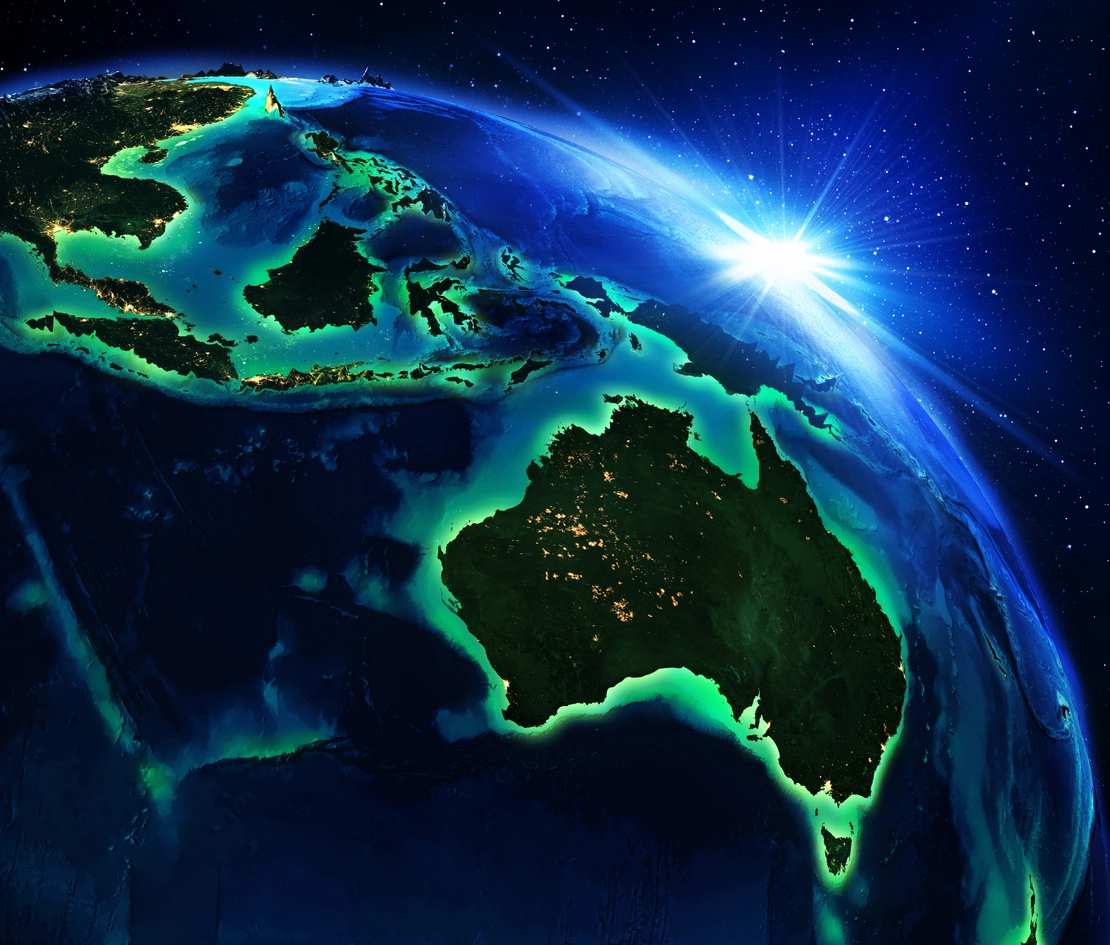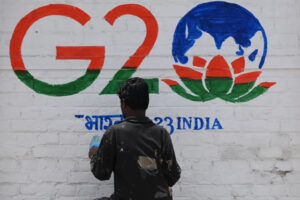South Asia, a region teeming with potential but burdened by historical baggage, finds itself once again caught in the crosshairs of great power competition. The key players in this contestation are divided in two distinct groups, China-Russia on one side and US led Western on the other. In South Asia however, India and Pakistan prominently vie for influence and are considered to be the vital players of the region.
Post-Cold War Reshuffle: Beyond Ideology
China’s meteoric rise as an economic and military powerhouse has fundamentally altered the global balance of power.
The Cold War’s conclusion ushered in a unipolar world dominated by the United States. However, China’s meteoric rise as an economic and military powerhouse has fundamentally altered the global balance of power. The current rivalry transcends ideological divides of the past, essentially on economic dominance, technological leadership, and regional influence. South Asia, a resource-rich region strategically situated at the crossroads of Asia and the Middle East, emerges as a crucial battleground for great power contestation. With a projected population exceeding 2 billion by 2050, it boasts a young demographic dividend, nestled in a strategic location. Such a centrality of Asia could be the reason that this century is being termed as the “Asian Century.”
China’s Multifaceted Engagement: The Belt and Road Initiative (BRI)
China’s strategic engagement in South Asia is multifaceted. The centerpiece is the ambitious Belt and Road Initiative (BRI), a massive infrastructure development project aimed at bolstering trade connectivity across Eurasia. In South Asia, China has invested heavily in ports, roads, and energy projects in Pakistan, Sri Lanka, and Nepal. This economic statecraft aims to create a sphere of economic influence, secure access to critical resources like minerals and energy, and counter India’s assertive regional ambitions.
India’s Balancing Act: The Quad and Indo-Pacific Strategy
Wary of China’s growing footprint on its doorstep, India seeks to maintain its strategic autonomy. It is aspiring to earn the title of “net-security provider” for US in South Asia. India has also deepened its ties with the United States through the Quadrilateral Security Dialogue (QUAD), later upgraded to QUAD Plus, perceived as a counterweight to China. The QUAD focuses on maritime security cooperation, humanitarian assistance, and disaster relief, but is widely seen as a strategic hedge against China’s growing assertiveness in the Indo-Pacific region. It is not wrong to assume that India, instead of focusing on regional stability and seeking regional cooperation, has decided to become a willing pawn of USA in the great power rivalry, ultimately disturbing the strategic balance of the region. Additionally, India is investing heavily in bolstering its own infrastructure projects, particularly in its border regions with China, and rapidly modernizing its defence capabilities to expand its strategic influence in the region.
Also Read: Wry Democracy: The Ballot Season in South Asia
Pakistan: Caught in the Middle
Pakistan occupies a critical geopolitical position, bordering China and India.
Pakistan occupies a critical geopolitical position, bordering China and India. It has traditionally enjoyed a close relationship with the United States, particularly during the Cold War, when Pakistan served as a bulwark against Soviet expansionism. However, the US withdrawal from Afghanistan and its growing alignment of Afghan Government with India, have pushed Pakistan further close to China. Pakistan benefits from substantial Chinese investments in BRI’s flagship project CPEC and military hardware, but this cooperation also carries the risk of being ensnared in a larger US-China conflict. Pakistan walks a tightrope, seeking to leverage its relationship with China to counterbalance India’s regional dominance, while maintaining a working and constructive relationship with the United States.
Navigating the Geopolitical Maze
The great power contestation has a multifaceted impact on South Asia. China’s BRI offers the potential to boost regional infrastructure development and economic growth. The competition intensifies regional security dilemmas. The India-Pakistan rivalry over Kashmir, a historical flashpoint, remains unresolved, and the influx of sophisticated weaponry from major powers can further destabilize the region.
Contrarily, South Asian nations can also leverage this global competition to extract concessions and benefits from major powers. They can negotiate better trade deals, secure foreign direct investment (FDI), and access to advanced technology. However, this delicate balancing act, carries the risk of being caught in the middle of a proxy war, on behest of US and China.
The Ukraine War’s Repercussions and a Shifting Landscape
The ongoing war in Ukraine has further complicated the geopolitical landscape in South Asia. The US focus on Europe has led to a relative decline in its engagement with South Asian region. This has created a strategic vacuum, which China is eager to fill. Additionally, the war has highlighted the importance of stable energy supplies, potentially pushing South Asian nations closer to resource-rich Russia. However, such a move retains the potential to strain relations with the US and other Western powers.
A Collective Future Awaits
The great power contestation presents both challenges and opportunities for South Asia. By prioritizing regional cooperation, focusing on development goals, and pursuing peaceful resolutions to internal conflicts, South Asian nations can navigate this complex landscape and carve out a secure and prosperous future for themselves. The onus lies on regional leaders to break free from the shackles of past animosities and embrace a future of cooperation and collective progress. South Asia, a region brimming with potential, deserves a chance to write its own destiny and not become a battleground for external powers.
The opinions shared in this article reflect the author’s personal views and do not necessarily align with the institution’s official stance.




